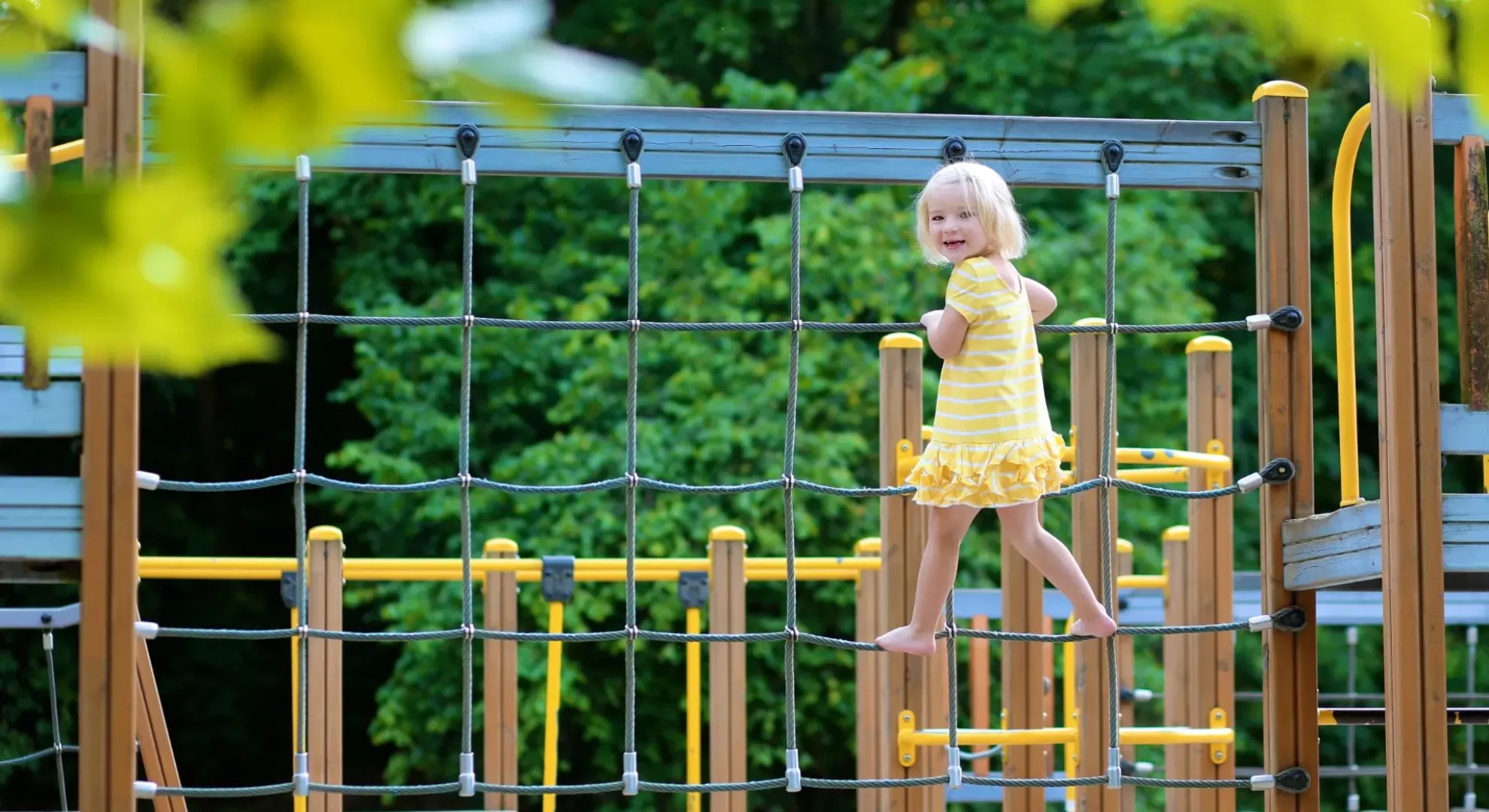Every 3 minutes a child is injured on a playground somewhere around the world. By 2025, AI technology could reduce these statistics by 80% with the implementation of safety systems, which would profoundly change how children are safeguarded during recreational activities. For parents, educators, and decision makers, this technological change is much more than progress—it’s a fundamental duty. This is how AI is transforming playground safety, and what it means for your community, as explored with UNICEF data and contemporary research.

The world being constructed today by innovators such as NanPlay, a frontrunner in smart playground equipment, is set to augment reality technology such that by 2025, playgrounds will no longer be just places to play, but will be outfitted with collision predicting cameras, sensors that detect broken bolts and wet surfaces which will enable automatic speed adjustments of swings for toddlers, preemptive hazard avoidance, and much more. At NanPlay, we are dedicated to building a world using technology every child will love. Our objective is universal play for every child, which means eliminating barriers like global territories, disabilities, or sociological factors. But what steps do we have to take to make this turn into reality? Let’s explore technology, challenges, and actionable strategies to ensure every child can play freely and safely.
Safety concerns about playgrounds have evolved over time, yet traditional playgrounds remain a danger zone due to the lack of maintenance and outdated safety measures. From overcrowded slides to cracked surfacing, even well-designed features of a playground become hazardous. Consider a Texas case where a six-year-old suffered a head injury due to slipping from a poorly maintained slide and required twelve stitches. Real-time hazard detection frameworks could have easily avoided such accidents.
These accidents consume a lot of financial resources. What is even more concerning is the staggering amount of money schools pay each year in lawsuits, medical expenses related to injuries that could have been easily avoided. “According to WHO, 44% of playground injuries stem from falls of various kinds”, and are usually the result of insufficient supervision as well as decaying equipment.
Let’s imagine a scenario where AI acts like a 24 hour on duty security guard with eagle eyes for movement detecting risks-a good example is smart cameras, ground sensors, and wearable technology. These systems have the capability of AI detecting movement, facial features, and gauge various forms of risks in the environment. For example, on playgrounds with slides, machine learning systems are capable of fall prediction by identifying off-kilter bio-mechanical movements like sudden speed changes accompanied with gait abnormalities.
Visual Aid: AI Risk Detection Process
| Stage | Action | Example |
|---|---|---|
| Data Collection | Cameras/sensors capture movement | Detects child climbing too high |
| Risk Analysis | AI predicts collision or fall | Alerts supervisor via app |
| Intervention | Automatic equipment adjustment | Slows swing speed |
These strategies, which have already been piloted in places such as Singapore, transform proactive safety techniques into predictive measures.
Walks out of the playground sharper objects and icy surfaces. These staff alert AI outdoor playgrounds which revolutionizes safety.
Sends out supportive directive messages “Emma, Slow Down” that aid children by encouraging without pausing play.
According to IBM Research, they claim that AI has the ability to identify the presence of rust or loose screws long before human inspectors, therefore averting the breakdown of the equipment.
Complexed systems that parents concerned with watching their children can guarantee their faces will be blurred while tracking the body movements.
Anonymized data will be shared from schools across the world for the training of AI models towards setting universal standards for safety.
Injury rates were reduced by 67% in six months with the use of NanPlay’s sensor-equipped climbing frames.
Claiming 120 thousand in liability claims because of falls out of the monkey bars saved with the 20 thousand AI systems by preventing the falls.
AI-Integrated Parks in Helenksi
The spaces received a 9.2/10 for safety by parents due to real-time hazard notifications.
Explore Global Success Stories
For Parents:
Inquire with school districts: Do you have predictive maintenance management software?
Scout for playgrounds certified under ASTM F1487-21 with sensor systems.
For Schools:
Join safety grant programs such as the Safe Play Spaces Initiative.
Collaborate with reputable suppliers to avoid ‘snake oil’ ai scams.
For Policymakers:
Implement GDPR-Kids policies for healthy balance of innovation vs privacy matters.
Data abuse is always a critcism thrown around, but most systems nowadays comply with COPPA and GDPR, meaning data is only stored in anonymized format. Freebies like lawsuits are AI’s greatest expense – one settlement could pay 5 years worth of monitoring. MIT’s CSAIL studies AI outperforming people supervisors in risk detection at an accuracy of 99.1 %.
There are gaps AI has helped bridge such as parental supervision, making it a valuable ally for kids. It will not replace parents or teachers. The schools that adapt now will take the lead in the global trend towards injury-less play. As the CEO of NanPlay stated, “Our aim isn’t just manufacturing equipment, but cultivating trust.”
Act Now:
Spread the word by sharing this article.
Turn your community into a safer place by exploring NanPlay’s smart playground solutions.
AI-Enhanced Child Safety Monitoring for Playgrounds
Next-Gen Playgrounds: Integrating Technology for Inclusive Experiences
AI-Driven Video Surveillance for Outdoor Safety
Thank you very much for your inquiry! Your trust is our greatest motivation. We are committed to offering playgrounds that combine high quality with affordable pricing. Let us bring vitality to your venue!